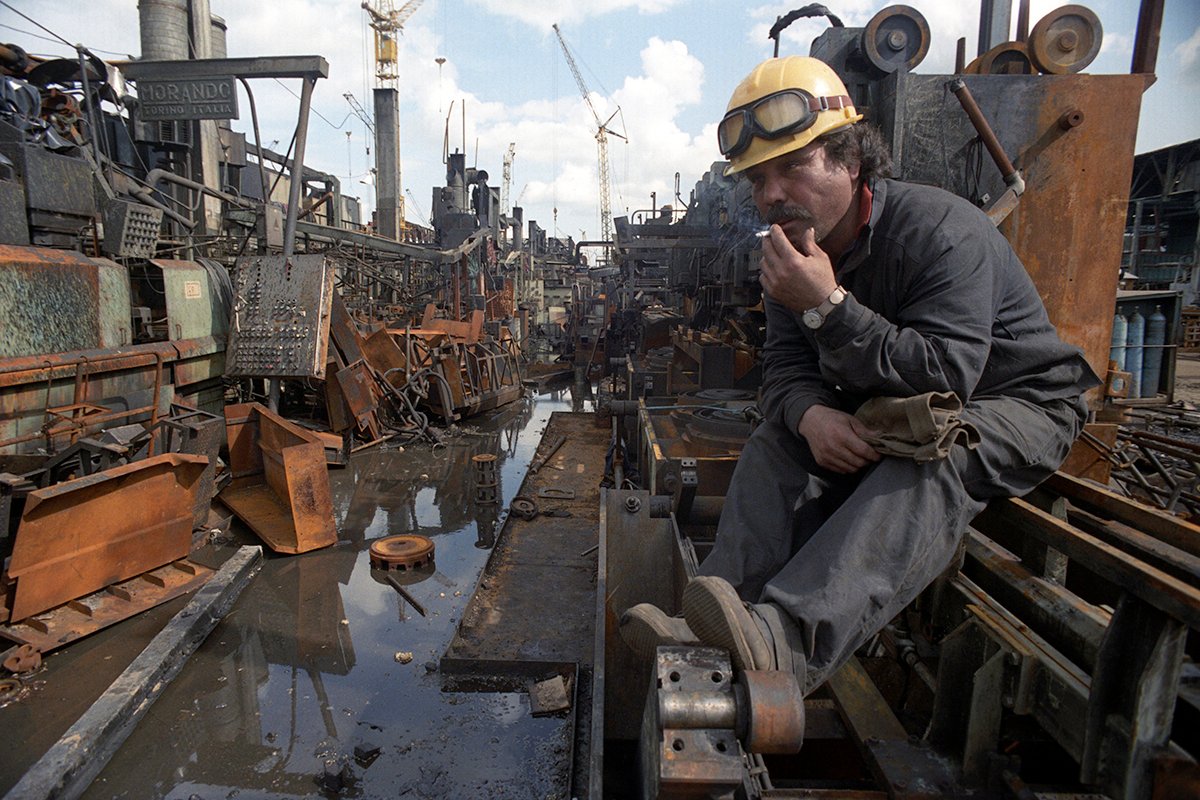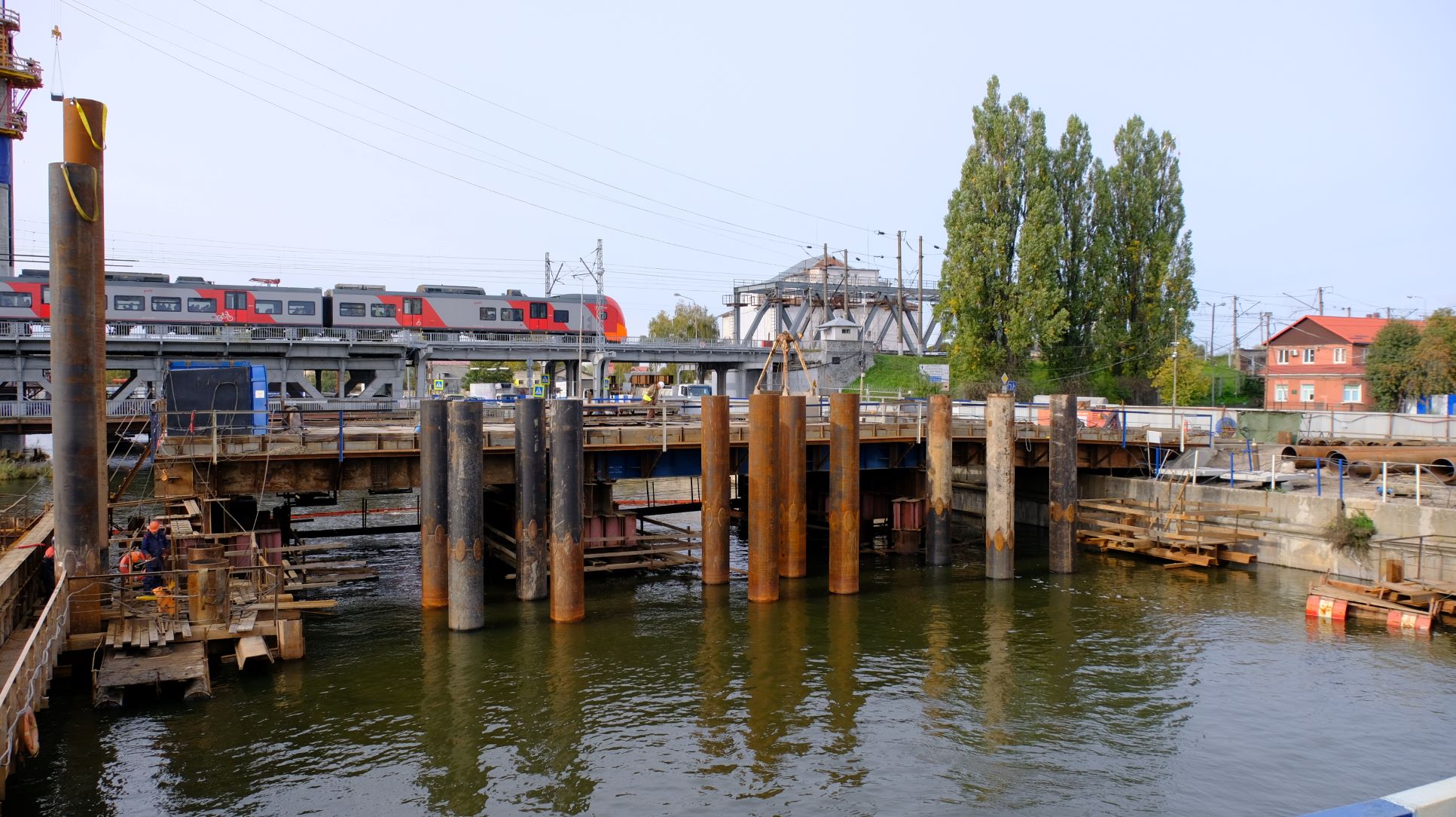In developed countries, the shift to a four-day workweek has become a symbol of social progress – in Russia, however, it turns into a cover for economic decline. European companies adopt shorter workweeks to boost productivity, combat burnout, and improve work-life balance. Russian enterprises are forced to cut workdays because the labor market is choking from the crisis, and demand for products is falling.
The UK, Iceland, Japan, and Poland are already experimenting with a four-day week, and the results are tangible: fewer sick leaves, lower employee turnover, higher productivity, and greater worker satisfaction. In Tokyo, this measure has even become part of the state strategy to increase birth rates.
In Russia, however, reducing the workweek has become a form of hidden unemployment. AvtoVAZ, KAMAZ, metallurgical plants, cement factories, and the railway are shifting employees to a four-day week in an attempt to mask falling production and avoid mass layoffs. Officially, this is done “to preserve jobs,” but in reality, workers lose income, bonuses, and social benefits.
The Kremlin traditionally tries to conceal the true scale of the problem. Mass layoffs in official statistics would be an open admission of an economic disaster, so authorities pressure companies to keep people on the payroll, while effectively sending them on forced “short weeks” or unpaid leave.
The difference in approach is clear: in the West, a four-day workweek is a development tool; in Russia, it is a forced symptom of decline. Western workers gain more free time without losing pay, while Russian workers earn less and have no certainty about the future.
Russia’s economy is deteriorating faster than official data suggests: sanctions hit civilian sectors, domestic demand is falling, and the budget is drained by the war. The “Russian four-day week” only confirms the crisis the country is mired in due to aggressive policies and economic backwardness.




















